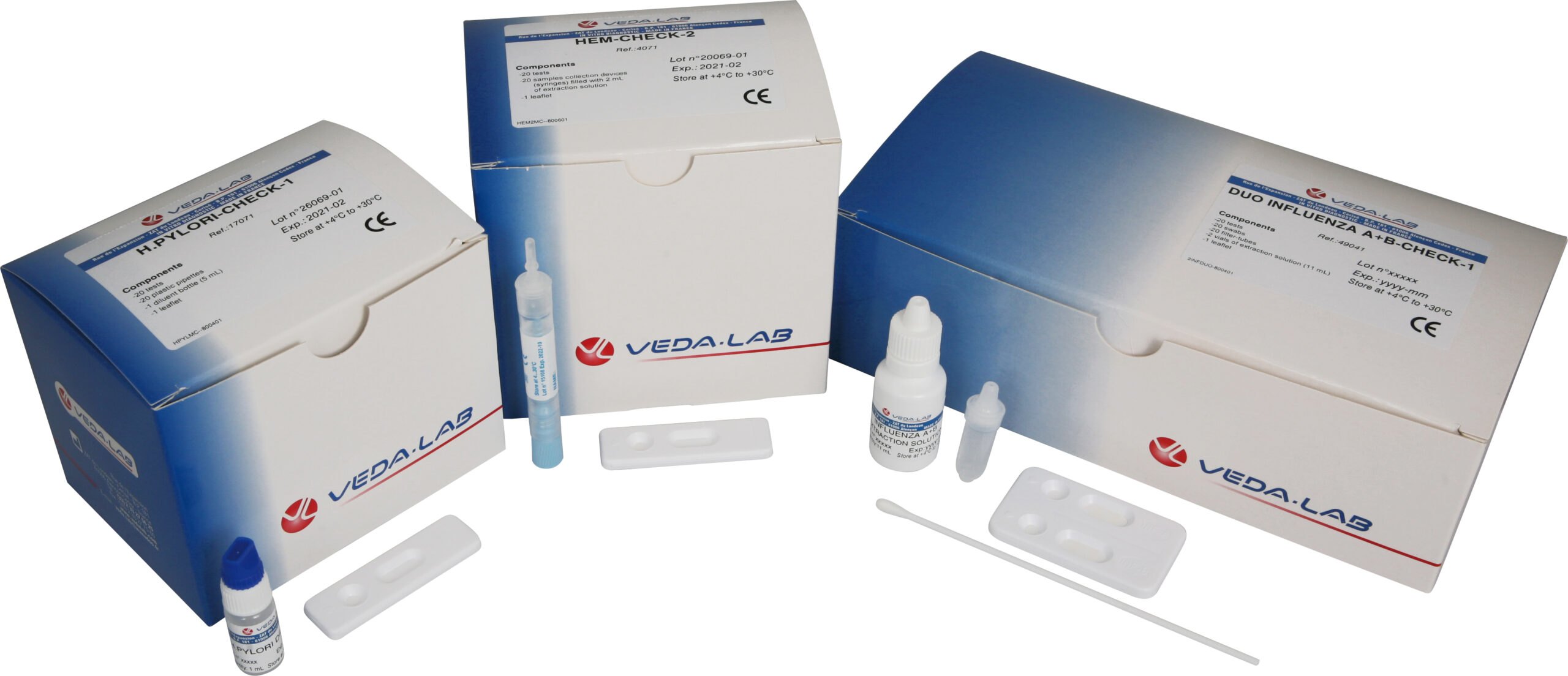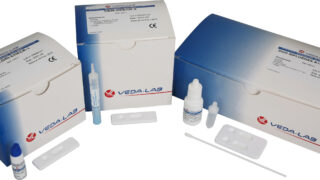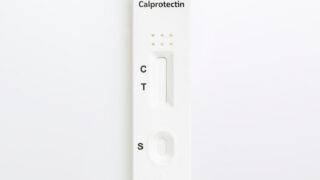Categories
HS CRP Rapid Test
The high-sensitivity C-reactive protein (hs-CRP) test is a commercially available blood test used to measure the levels of C-reactive protein in the bloodstream. This test is highly sensitive and can detect even low levels of CRP, which is a marker of inflammation in the body. It is often used to assess an individual’s risk of cardiovascular disease and to monitor chronic inflammatory conditions. Commercially, this test is offered by various diagnostic laboratories and healthcare providers and is an essential tool for assessing an individual’s risk of heart disease and guiding preventive measures.
Product information
High Sensitivity (HS) C-Reactive Protein (CRP) test is a rapid semi-quantitative screening test for the detection of CRP in serum, plasma or whole blood samples.
Advantages of HS CRP test
- Easy to perform
- No complex sample collection needed
- Semi-Quantitative result
- Accurate test result
General information
C-reactive protein (CRP) is a nonspecific, acute-phase reactant used to diagnose bacterial infectious disease and inflammatory disorders, such as acute rheumatic fever and rheumatoid arthritis. Published studies suggest that cardiovascular disease (CVD) and peripheral vascular disease (PVD) are inflammatory processes due to myocardial necrosis and can result in low levels of inflammatory markers such as C-reactive protein. Therefore, the determination of CRP level can be helpful to predict a healthy person’s risk of cardiovascular disease, heart attacks and strokes.
The level of CRP correlates with peak levels of the MB isoenzyme of creatine kinase, but CRP peaks occur 1 to 3 days later. Failure of CRP to normalize may indicate ongoing damage to the heart tissue. Levels are not elevated in patients with angina. The measurement of CRP does not indicate where is occurring the inflammation which may come from cells in the fatty deposits in arterial walls reflecting the process of atherosclerosis. The American Heart Association (AHA) and Centers for Disease Control (CDC) have defined risk groups as follows:
Low risk : less than 1.0 mg/L.
Average risk : 1.0 – 3.0 mg/L.
High risk : above 3.0 mg/L.
Studies conducted, in the United States and in Europe, on subjects who did not have CVD at entry but may have had other risk factors (eg, hypercholesterolemia, hypertension, diabetes, tobacco use) have identified CRP as a strong, independent risk factor for CVD. CRP is classically measured using latex agglutination and nephelometric or turbidimetric methods.
The HS CRP semi-quantitative screening test for the detection of CRP in serum, plasma or whole blood samples. The method relies on competitive binding between CRP fixed on the dye conjugate and free CRP present in the sample. When CRP is present in the sample, it competes with the CRP dye conjugate for a limited antibody sites on the test membrane. A sample that contains sufficient level of CRP will reduce or even prevent the formation of a line in the test region. A negative sample will allow the formation of a clearly visible line in the test region. The colour intensity of the control line is used to quantify the CRP concentration in the sample.
Test procedure
- Allow specimen and HS CRP Rapid Test and components to come to room temperature prior to testing.
- Remove the reaction device from its protective wrapper by tearing along the split.
- Label device with the patient ‘s name or control number.
- Fill the dropper with specimen (serum or plasma) and by holding it vertically, dispense one drop (25 μL) into sample well. If the whole blood is used as a sample, dispense two drops (50 μL) into the sample well and wait for the whole blood sample to be completely absorbed before adding diluent.
- Add exactly 5 or 6 full drops of diluent (200 μL) in the sample well.
- Read the results after 10 minutes.
Interpretation of the results
Positive result: The color intensity of the control line is stronger than the test line (CRP concentration is higher than 3 mg/L). In case of very high CRP concentration, the test line can completely disappear.
Borderline : The color intensity of the control and test lines are equivalent (CRP concentration is between 1 mg/L and 3 mg/L).
Negative result: The color intensity of the test line is stronger than the control line (CRP concentration is lower than 1 mg/L).
| Product name | HS C-Reactive Protein Rapid Test |
|---|---|
| Detection | C-Reactive Protein (CRP) |
| Type | |
| Sample Type | |
| Pack Size | |
| Format | |
| Analyte Detection |
Related products
-
Medical Tests
PSA Rapid Test
Price requestA PSA (Prostate-Specific Antigen) test is a medical screening tool primarily used for the early detection of prostate cancer. This blood test measures the level of PSA, a protein produced by the prostate gland. Elevated PSA levels can be an indicator of prostate issues, including cancer. Regular PSA testing is recommended for men, particularly as they age, to help in the early diagnosis and management of prostate cancer.
-
Medical Tests
Syphilis Rapid Test
Price requestA syphilis test is a medical examination that detects the presence of the bacterium Treponema pallidum, which causes syphilis, a sexually transmitted infection. This test is important for early diagnosis and treatment, as syphilis can lead to serious health issues if left untreated, including organ damage, neurological problems, and transmission to sexual partners or newborns. Early detection is crucial for effective management.
-
Medical Tests
Clostridium Difficile Toxin A/B Rapid Test
Price requestA Clostridium difficile A and B test is a diagnostic tool used to identify specific toxins produced by the C. difficile bacterium in a patient’s stool sample. This test helps healthcare professionals confirm the presence of C. difficile infection, particularly in cases of severe diarrhea and colitis. Rapid detection of these toxins is crucial for timely treatment and infection control in healthcare settings.

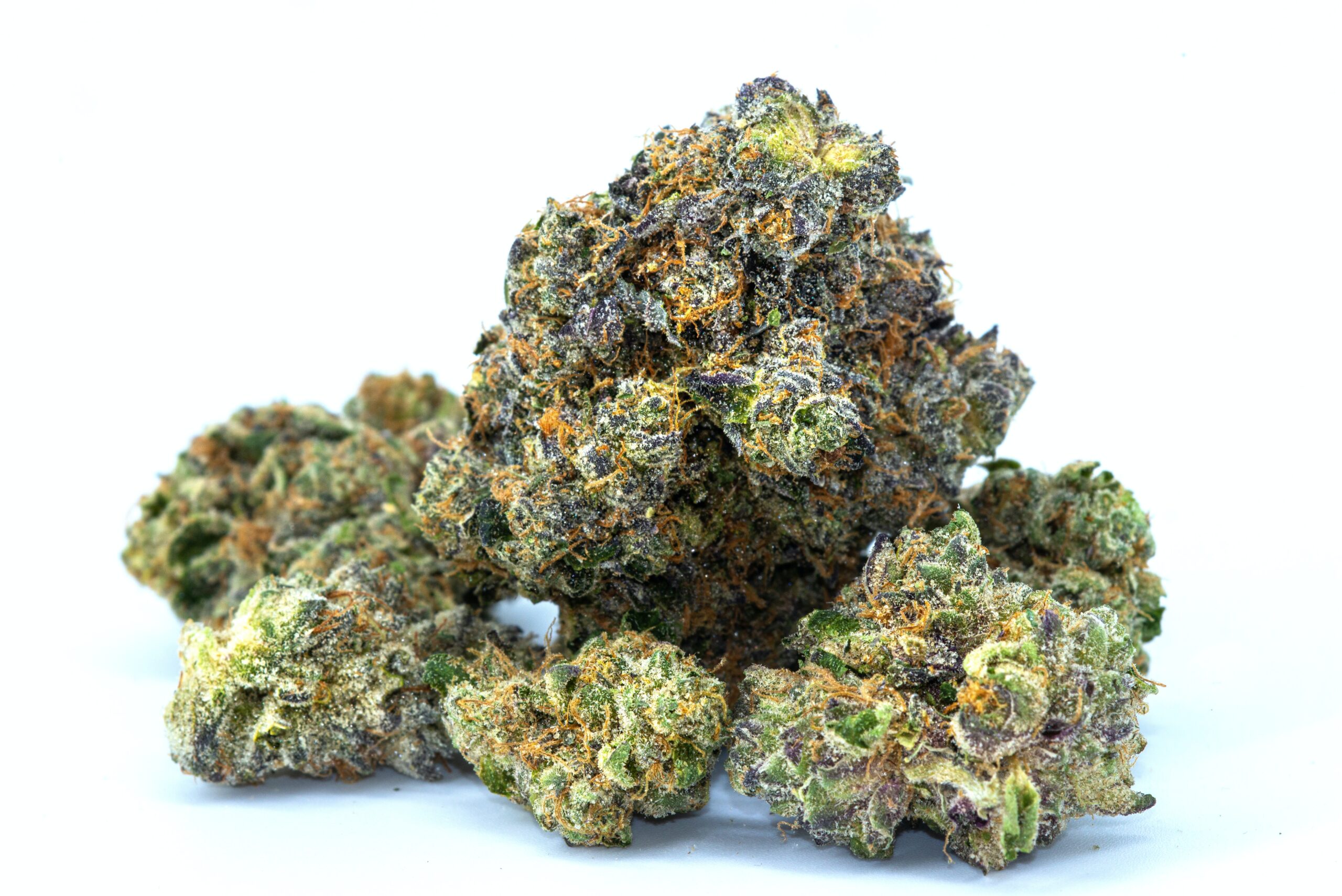 Drug Test
Drug Test Heart Markers
Heart Markers Hormone Tests
Hormone Tests Medical Tests
Medical Tests Microbiology
Microbiology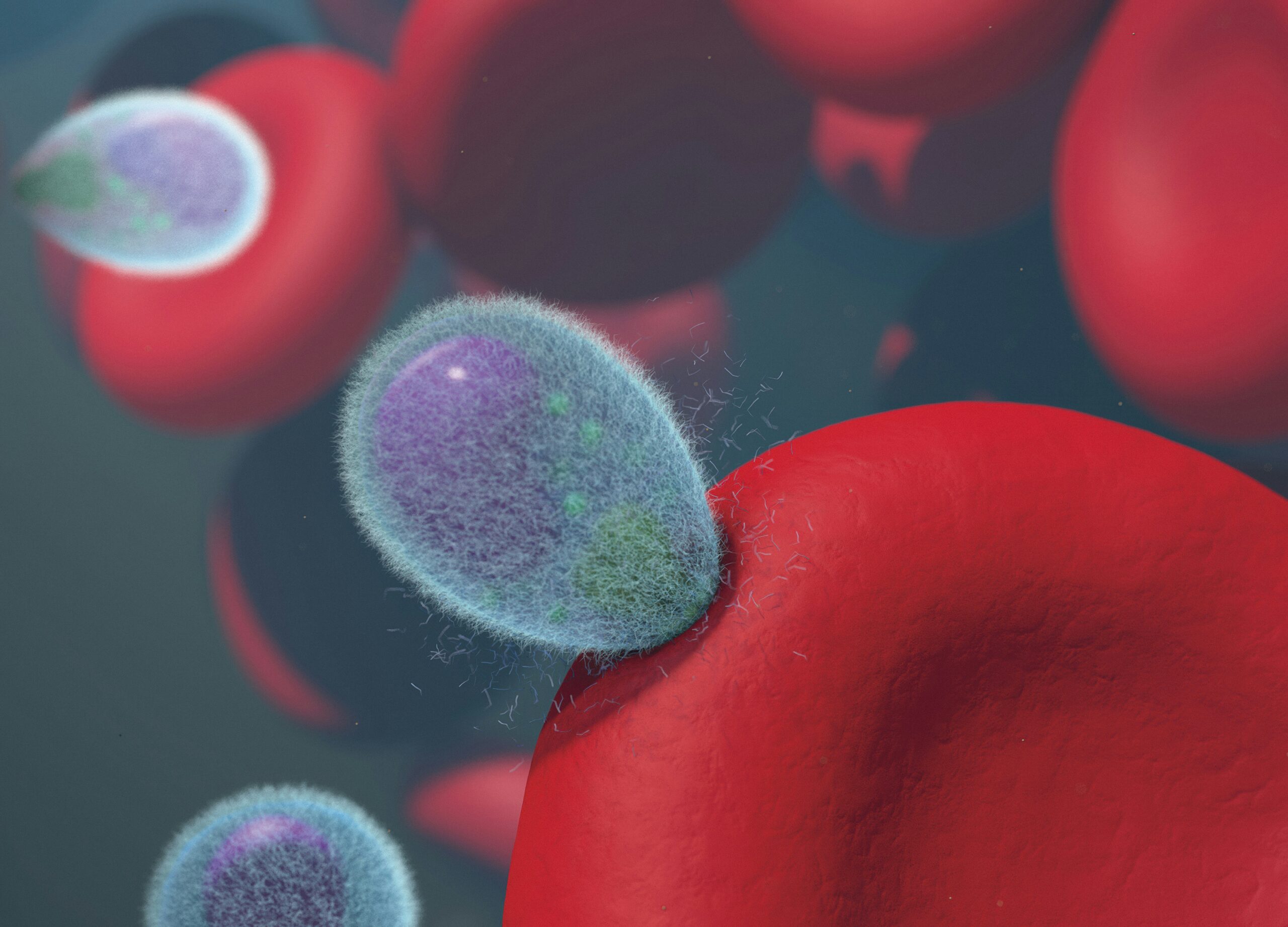 Parasite Infection
Parasite Infection Proteins and Inflammatory Markers
Proteins and Inflammatory Markers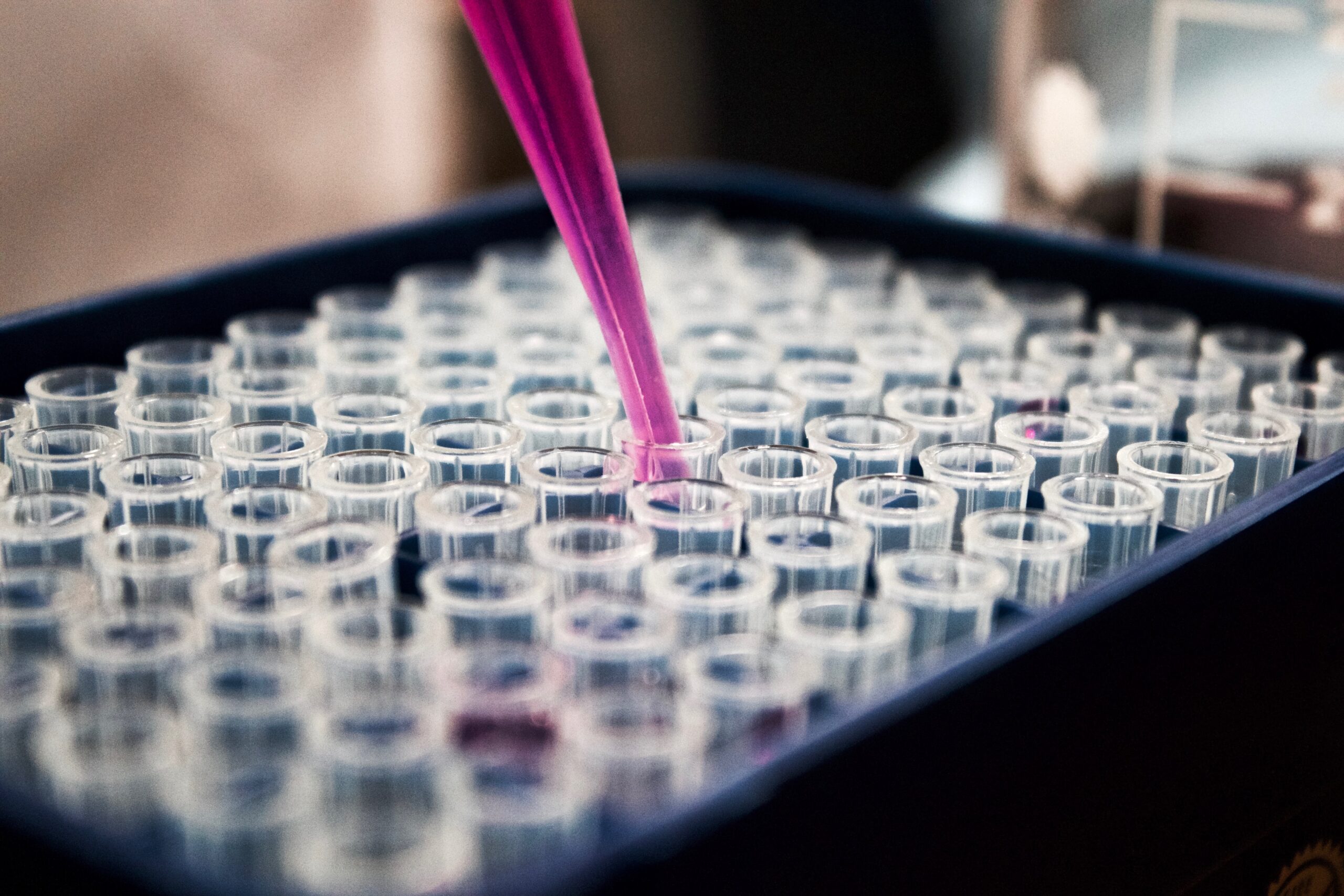 Qualitative Controls
Qualitative Controls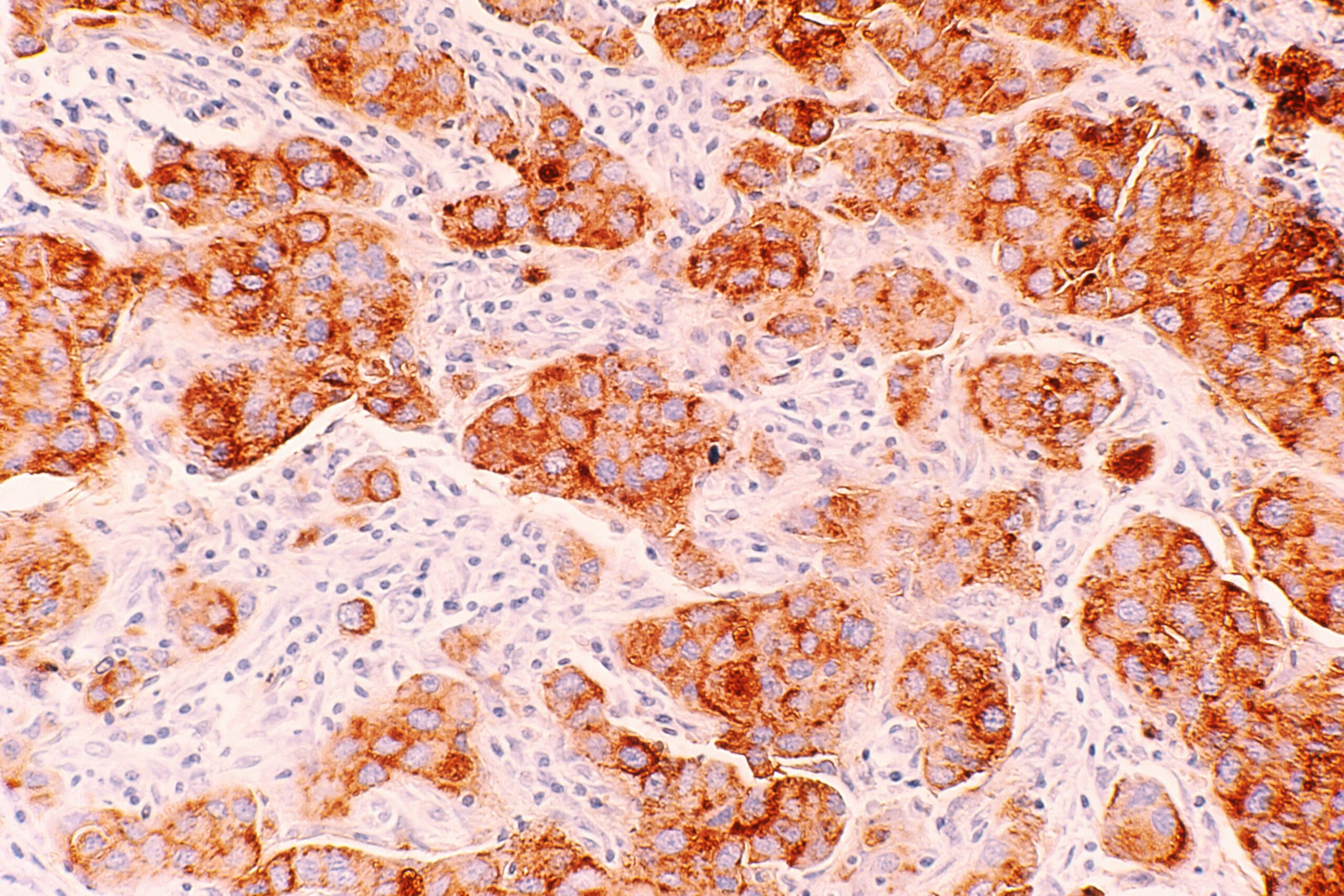 Tumor Marker
Tumor Marker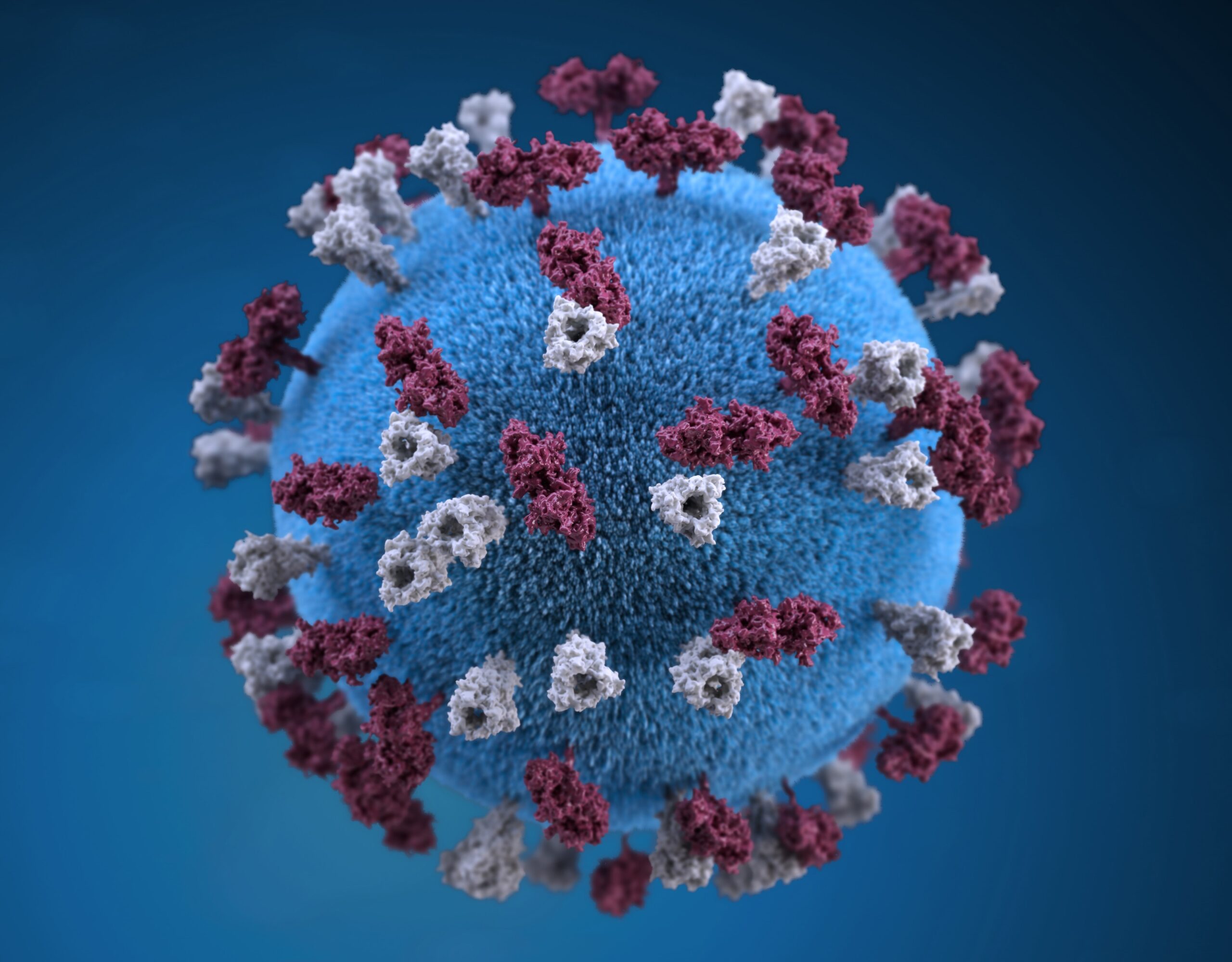 Viruses
Viruses